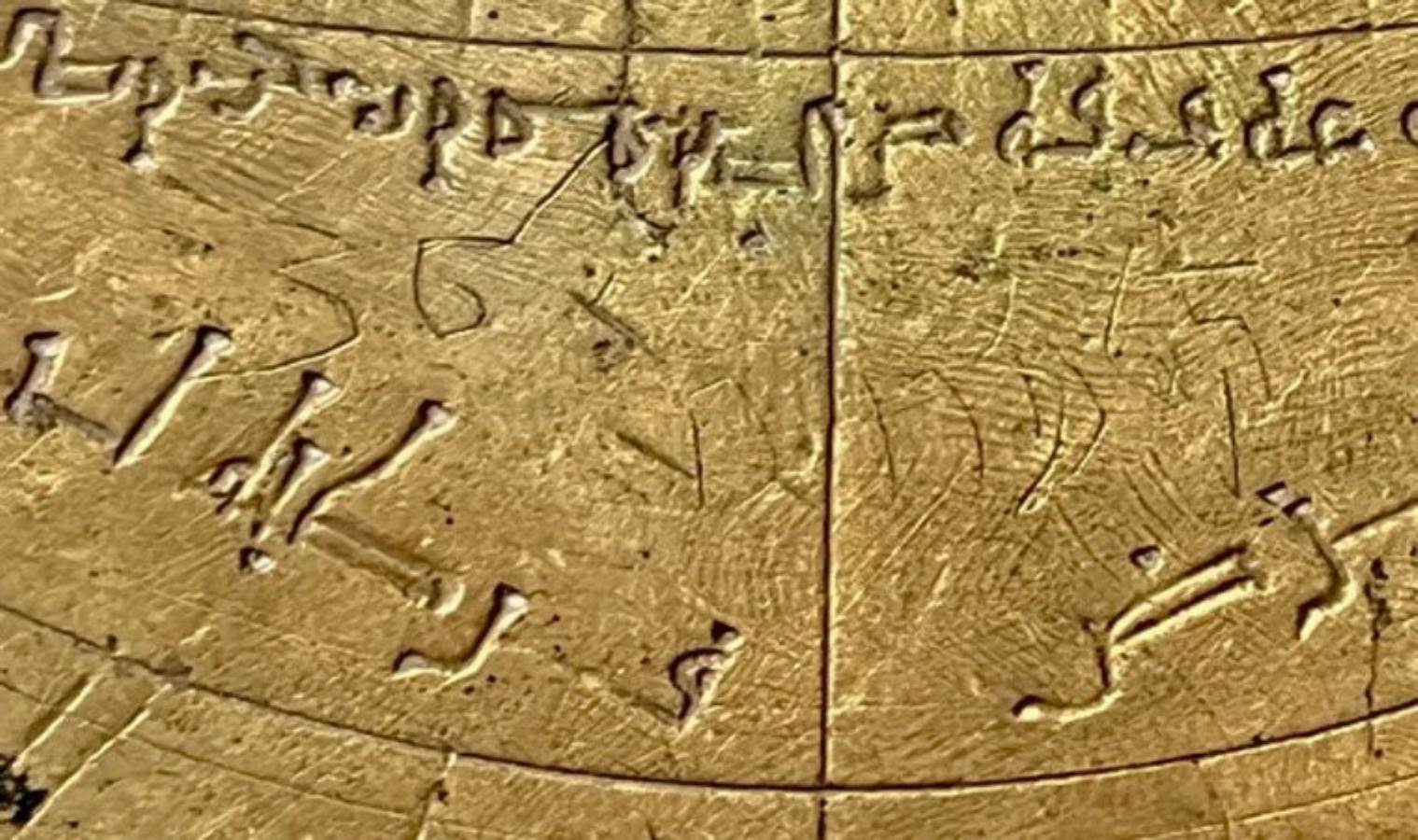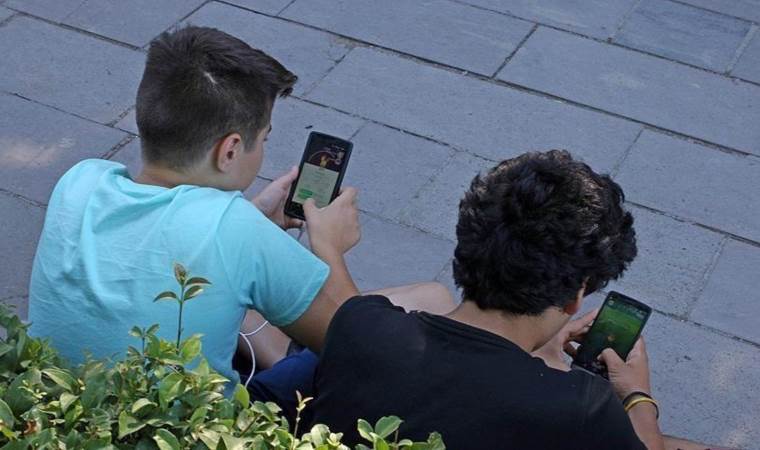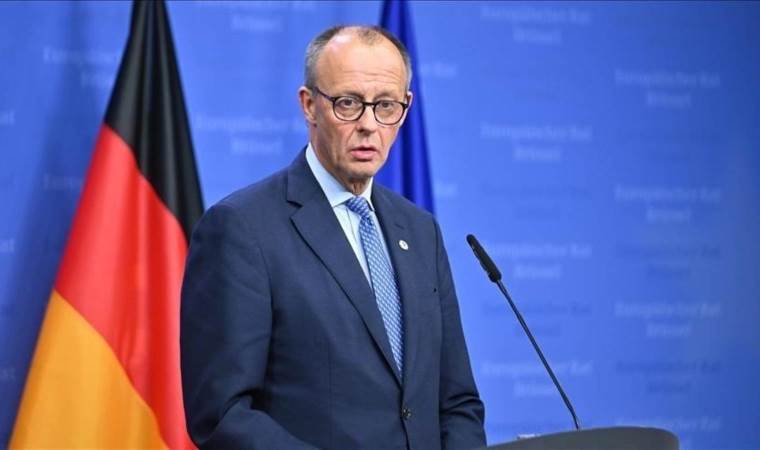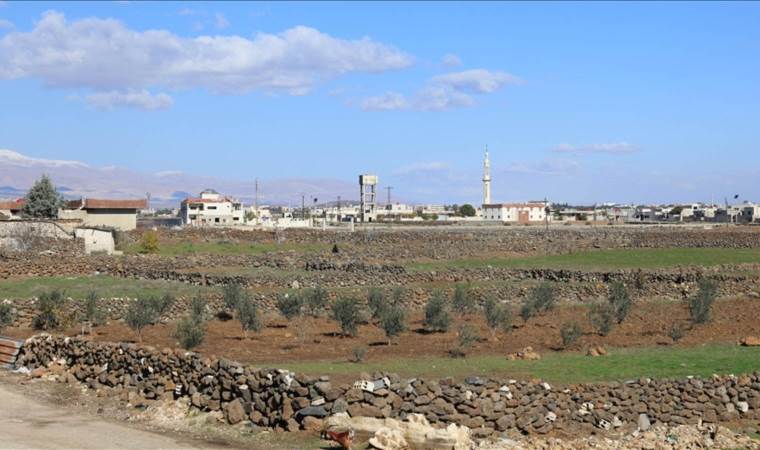Discovery of a thousand-year-old 'smartphone'
It may not have speakers or Bluetooth connectivity, but experts have unearthed what could be considered the world’s first smartphone, dating back a thousand years.
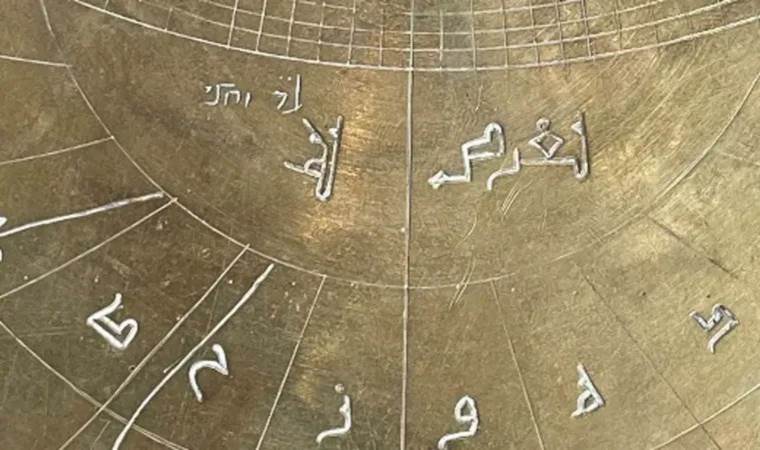
According to indy100, this ancient device, known as an 'astrolabe', was stumbled upon by Dr. Federica Gigante, a research fellow at the University of Cambridge, during a casual browse on a museum website in Verona, Italy.
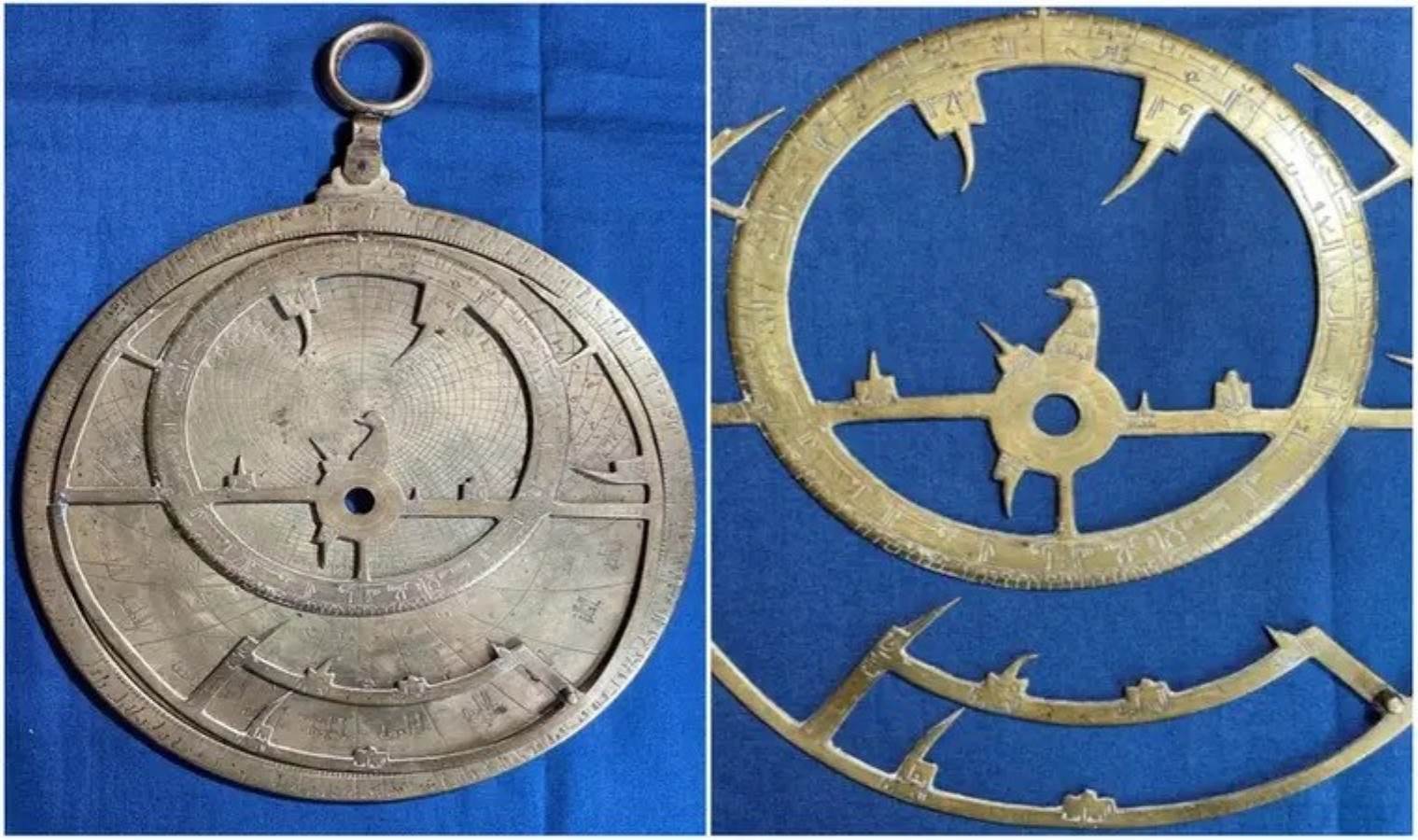
A Serendipitous Discovery in a Verona Museum
Dr. Gigante discovered the astrolabe by chance on a museum's website in Verona, Italy. She noted, "The museum didn't know what it was." On visiting the museum and inspecting the 'astrolabe' more closely, Dr. Gigante was captivated not only by the beautifully carved Arabic inscriptions but also by faint Hebrew markings, visible only under the sharp light streaming through a window. "I thought I was dreaming, but as I looked more, I kept seeing more. It was thrilling. This isn’t just an incredibly rare object. It's a powerful record of hundreds of years of scientific exchange among Arabs, Jews, and Christians."
Regarded as the First Smartphone
Historian Tom Almeroth-Williams refers to astrolabes as the world's first smartphones. An article published on the University of Cambridge’s website clarified that these intricate star maps functioned as "a portable computer suitable for hundreds of uses."
The astrolabe identified by Dr. Gigante is one of the only known devices of its kind and is among the oldest examples discovered to date. It underwent adaptations, translations, and corrections by Muslim, Jewish, and Christian users across Spain, North Africa, and Italy over centuries. "The Verona astrolabe underwent many changes, additions, and adaptations as it changed hands," said Dr. Gigante.

A Muslim Heritage
Thanks to its scientific, design, manufacturing, and calligraphic features, the Cambridge research fellow traced the origin of this first 'smartphone'. She deduced that the object originally came from Andalusia, matching it with instruments made in the Muslim-governed region of Spain based on the engraving and stamp patterns on its back.
This discovery not only highlights a remarkable piece of technology from the past but also underscores the rich, intercultural exchange of knowledge that transcended religious and geographic boundaries.
Most Read News
-
 Finland seizes vessel over suspected damage to submarine
Finland seizes vessel over suspected damage to submarine
-
 France moves to ban social media for under-15s, bar cell
France moves to ban social media for under-15s, bar cell
-
 Russia’s war on Ukraine threatens Europe’s freedom, secu
Russia’s war on Ukraine threatens Europe’s freedom, secu
-
 Israeli forces conduct new raids into Syrian villages in
Israeli forces conduct new raids into Syrian villages in
-
 Russia, Ukraine trade accusations of overnight attacks a
Russia, Ukraine trade accusations of overnight attacks a
-
 US says Lebanese army’s deployment in south ‘critical’ f
US says Lebanese army’s deployment in south ‘critical’ f
-
 EU commissioner warns Israel against blocking charities
EU commissioner warns Israel against blocking charities
-
 Thailand releases 18 Cambodian soldiers as ceasefire hol
Thailand releases 18 Cambodian soldiers as ceasefire hol
-
 Alcohol tags track thousands of offenders over New Year
Alcohol tags track thousands of offenders over New Year
